GREEN NEW NORTHERN
The Benefits of a Green New Northern.
Ending the Boulevard of Death
Northern Blvd is a highway that tears our neighborhoods apart. It runs straight through our community and is the most dangerous roadway that almost every resident is forced to navigate on a frequent basis. It is a “Boulevard of Death.” Over twenty schools are located within a short distance of Northern Blvd, many of them elementary and middle schools, requiring small children to navigate this highway twice on a daily basis. Several children were killed by cars and trucks just crossing the street on their way to school.
According to Streetsblog, since January, 2017, there have been 2,785 reported crashes only in the 4.3-mile stretch of Northern between the Grand Central Parkway and Queens Plaza, injuring 73 cyclists, 129 pedestrians and 549 motorists, with six pedestrian deaths. We can not accept this any longer. It is time for a major change to improve our safety, health, and sanity.
Northern Blvd. literally divides our community. It creates both a physical and psychological boundary between neighborhoods of Jackson Heights, East Elmhurst, Corona, and Woodside. The easy access to the Queensboro Bridge has made Northern Blvd a popular conduit to a toll-free bridge to Manhattan. This has introduced for too many cars and trucks, and their pollution, into the heart of our community. This results in massive amounts of dirty air, elevated asthma rates, and danger. We can change this. Lastly, one of the largest high schools in Queens is being built in Woodside on Northern Blvd. Improving street safety should begin before more than 2,500 additional children are endangered walking to school.
The Coming Implementation of Congestion Pricing
Northern Boulevard has become a highway of through traffic. Traffic moving through the communities of East Elmhurst, Corona, Jackson Heights, and Woodside but not destined to stop there. During rush hour, the majority of motorists use Northern Boulevard, west of the Grand Central Parkway, in order to get to Manhattan via the toll-free crossing at the Queensboro Bridge—as opposed to using other East River crossings since they have tolls.
Congestion pricing will make all drivers pay to go into Manhattan south of 60th Street, making the Northern Boulevard corridor less attractive, and therefore less trafficked. The expected dramatic reduction in traffic volume presents an opportunity to rethink how best to utilize Northern Blvd.
Success of Manhattan’s 14th Street Pilot Program
This year we experienced the successful transformation of 14th Street in Manhattan into a roadway with faster buses, better bike access, and safer pedestrian crossings. The experimental transit initiative, preventing all passenger cars – including taxis and ride-hail app vehicles, from driving on 14th Street in Manhattan between Third and Ninth Avenues.
14th Street is a major transit artery connecting the Lower East Side to Union Square and the Meatpacking District. This route was one of the most heavily used in the city, carrying 27,000 riders daily. The pilot program is an innovative design approach to increase speeds and reliability for the select bus service, benefitting the thousands of riders who live and work in the area, while improving pedestrian and bike safety and retaining an important truck route for local deliveries.
From now on, drivers are allowed onto 14th Street only to make deliveries and pick up and drop off passengers from 6 a.m. to 10 p.m., seven days a week. They can travel just a block or two before they have to turn right off the street. No left turns are allowed. The police give out warnings at first and surveillance cameras will be watching.
Immediately, the program was a smashing success. The streets are safer with easier pedestrian crossings with high-visibility crosswalks, improved medians, and reconfigured intersections. Residents and businesses cheered how much quieter and welcoming the street has become. Bus travel speeds increased greatly and ridership grew as well. Conversely, car speeds and traffic volume on the surrounding side streets (12th, 13th, 15th, and 16th) are basically unchanged. NYC DOT Commissioner Polly Trottenberg said, ”We’re seeing pretty minimal impacts on the side streets.”
Our Solution to End the Boulevard of Death: Green, New Northern
Congested streets have an enormous negative consequence on New Yorkers. We don’t need to accept this anymore. Northern Boulevard is a state highway known as 25A. It falls within the jurisdiction of the New York State Legislature. I am running for New York State Assembly to be leader in confronting the challenges facing our community. I am willing to fight for a better future with cleaner air, safer streets, and faster commutes.
Our campaign’s proposal for changes to achieve a Green New Northern Boulevard include:
Faster Commute: Establishing a Select Bus Service (SBS) route to Northern Boulevard, guaranteeing faster commute times for bus riders, and increasing bus ridership.
Safer Streets: Installing a protected bike lane throughout that would protect cyclists, whether they are commuting, delivery workers, or taking a bicycle ride through our neighborhood.
Safer Streets: planting trees and greenery inside concrete medians along Northern Boulevard that would make crossing safer for pedestrians.
Safer Streets: limiting traffic along Northern Blvd between 114th Street and Queens Plaza to emergency and delivery vehicles, buses, bicycles, and pedestrians.
Cleaner Air: both the resulting decrease in traffic volume and eliminating cars idling in traffic will greatly improve the air quality of neighborhoods along the Northern Blvd corridor.
This is an ambitious bold plan that we are calling Green New Northern. It will directly address many of the challenges we face in our community. It will alleviate all the dangerous intersections that make children fearful of walking to school by reducing the amount of vehicles on the roadway. It will improve air quality by removing exhaust spewing vehicles sitting in traffic waiting to traverse our community and leaving pollution in their wake. It will also dramatically improve the speed of buses for commuters during rush hour.

